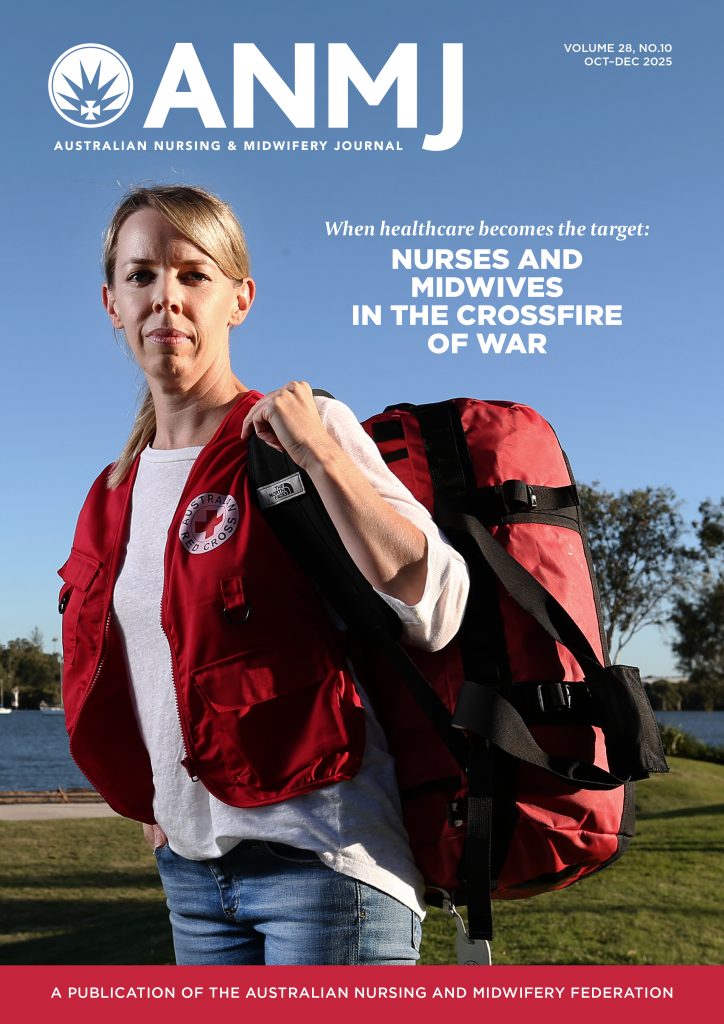New analysis on the environmental impact of two common heart procedures shows it is possible to make quality clinical choices whilst also considering the carbon footprint of care.
Healthcare is a leading contributor to the world’s carbon footprint – research shows the industry accounts for 7% of carbon emissions.
University of Sydney researchers, including a sustainability analyst, a sociologist and cardiologist, have been able to map the carbon footprint of a cardiac patient, from hospital admission to discharge.
The study found that in Australia, the carbon footprint of a patient with two blocked heart vessels going to hospital for elective open-heart surgery was 4.9 times greater than a patient receiving a coronary stent.
This is the first time researchers have been able to compare the carbon footprints of two clinical procedures that included the patient’s entire stay at a hospital.
“The aim is never to compromise quality of care; but to introduce carbon emissions as one of the possible considerations in decision making, especially as this issue becomes more relevant to everyone’s health,” said senior author Professor David Celermajer from the Sydney Medical School, and Charles Perkins Centre.
The analysis used a mathematical method known as EEIO (environmentally extended input output) analysis, that paints a more systemic picture of healthcare’s carbon footprint than previously available.

This was because it treats a patient’s stay as not isolated to the immediate impacts of a single medical procedure and considers the full supply-chain impact of the patient’s stay in hospital.
The calculation considered the intricate systems behind healthcare, including the greenhouse gases emitted to support each step of the patient’s stay at the hospital. This included greenhouse gases produced to conduct medical tests, to manufacture and deliver surgical equipment and supplies, as well as to dispose of the resulting waste.
According to the researchers, EEIO is a valuable tool to help map carbon footprints in healthcare for other medical fields, not just cardiology.
The results offered a unique and more complete picture of the full climate change impact of healthcare, said lead author Dr Fabian Sack from the Sydney Environment Institute and the Centre for Integrated Sustainability Analysis.
“Healthcare contributes to 7% of Australia’s total carbon footprint. The study shows medical professionals that, armed with the right data, we can keep both patient and planet in mind when it comes to clinical decisions and healthcare administration, and without compromising standards of care,” he said.

Consider carbon emissions in care
Also from Royal Prince Alfred Hospital, Professor Celermajer said clinical decision making was complex and driven mainly by the likely medical outcomes, as discussed between patients, their families and their doctors.
“We hope that our findings will influence patients and doctors to also consider carbon emissions, as a part of their decision-making processes – especially where two alternative treatment choices may have quite similar medical outcomes.”
The landmark study provided a crucial proof of concept, said Deputy Director of the Sydney Environment Institute, Professor Danielle Celermajer. “The method we used can offer medical professionals and policymakers alike a holistic picture of the environmental impact of healthcare.
“As the impacts of fossil fuel emissions on all aspects of life, including on human health, become ever greater, communities are going to have to take seriously the contributions that all industries make to those emissions.
“How and to what extent we factor in emissions profiles into institutional design and decision making are critical questions that lie before us; but we cannot begin to answer them without the data. This research is pointing to how we can more efficiently and effectively collect that data.”
The research was published in journal Frontiers of Public Health.








